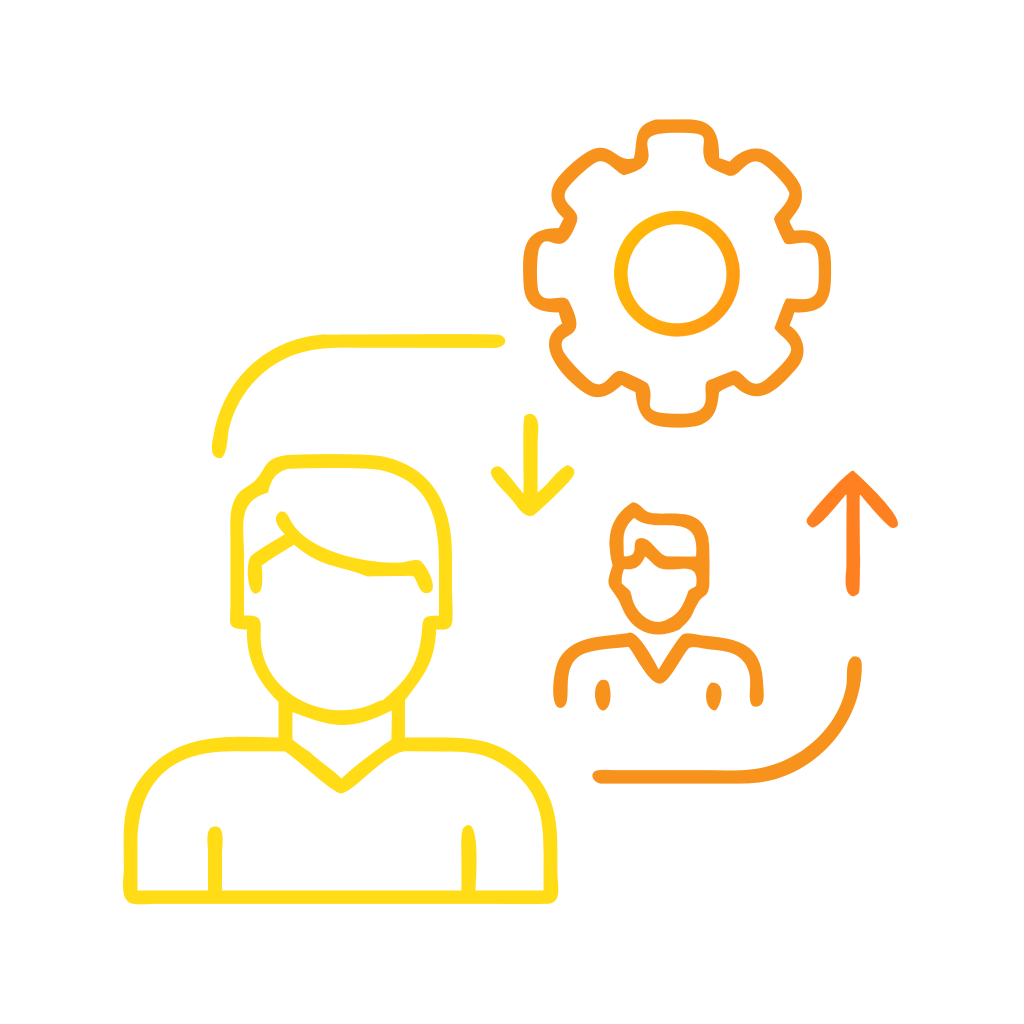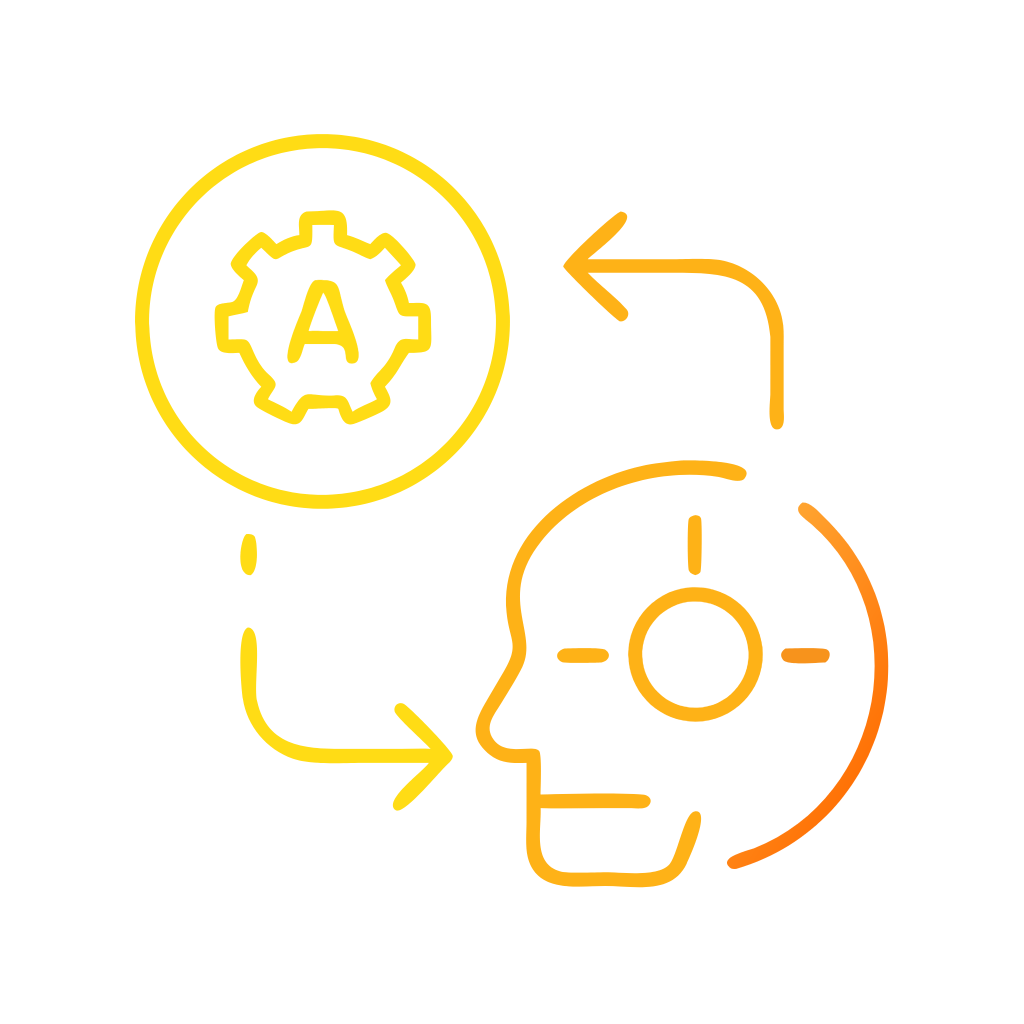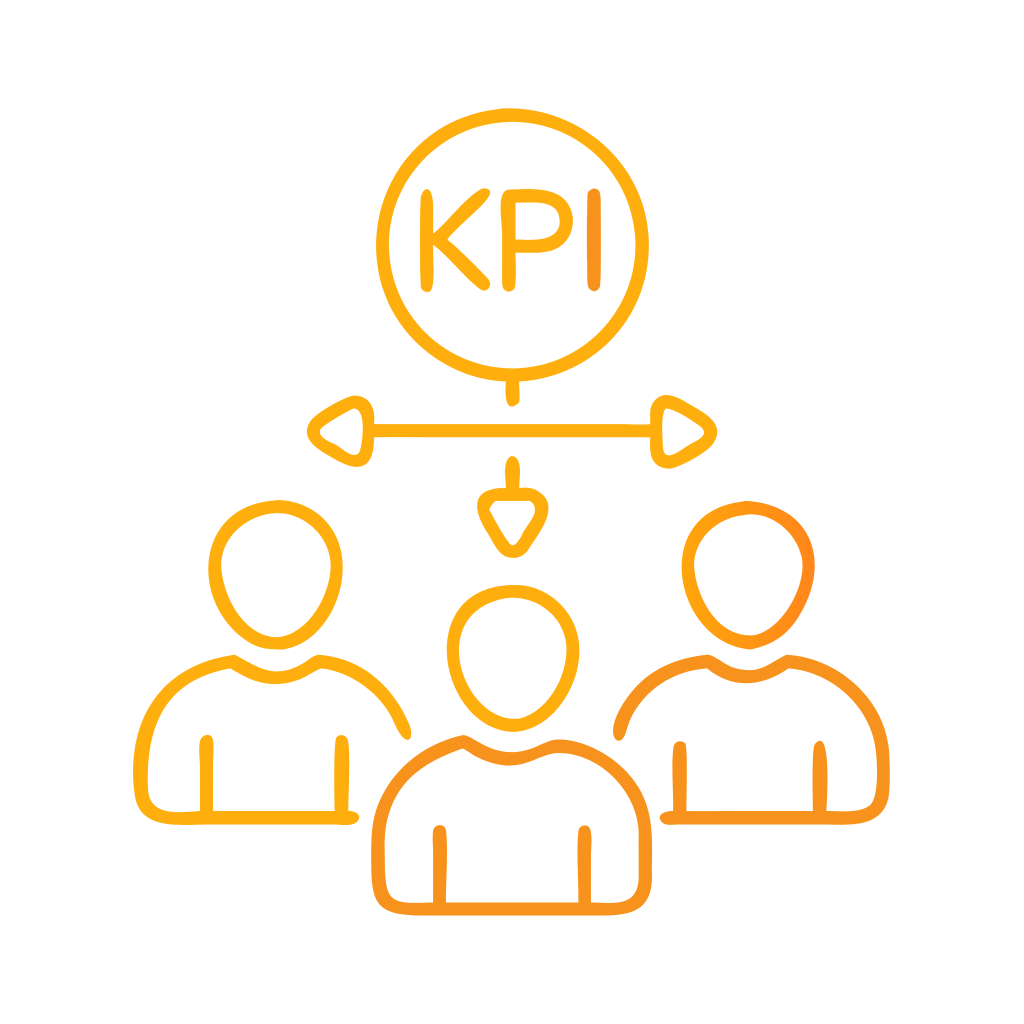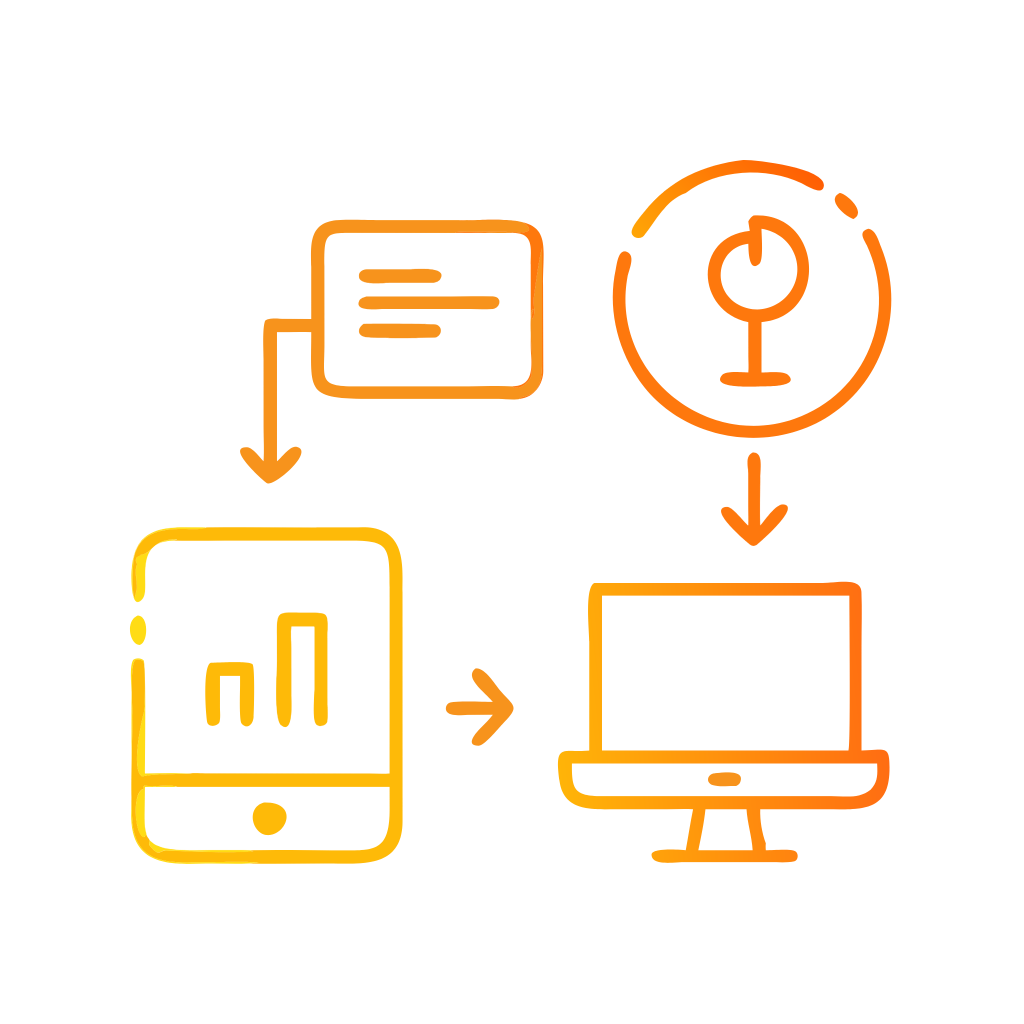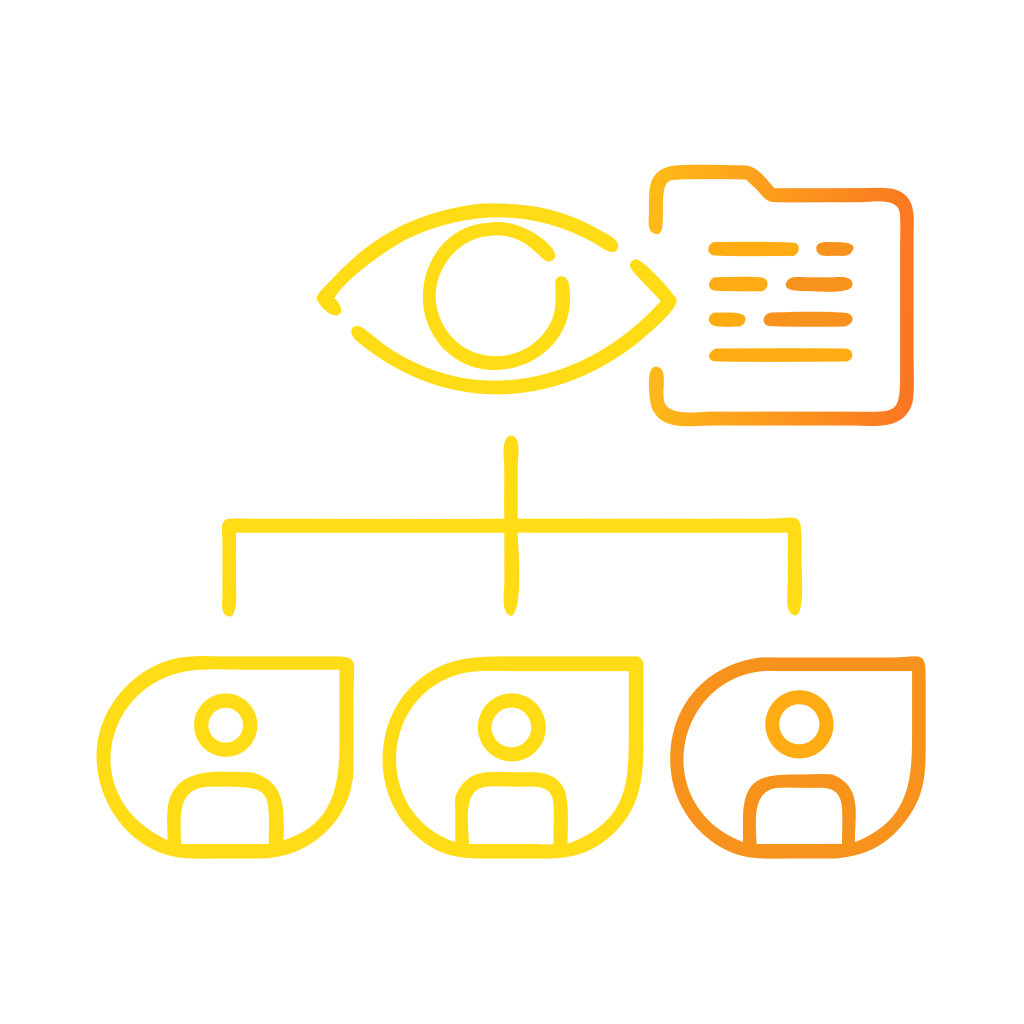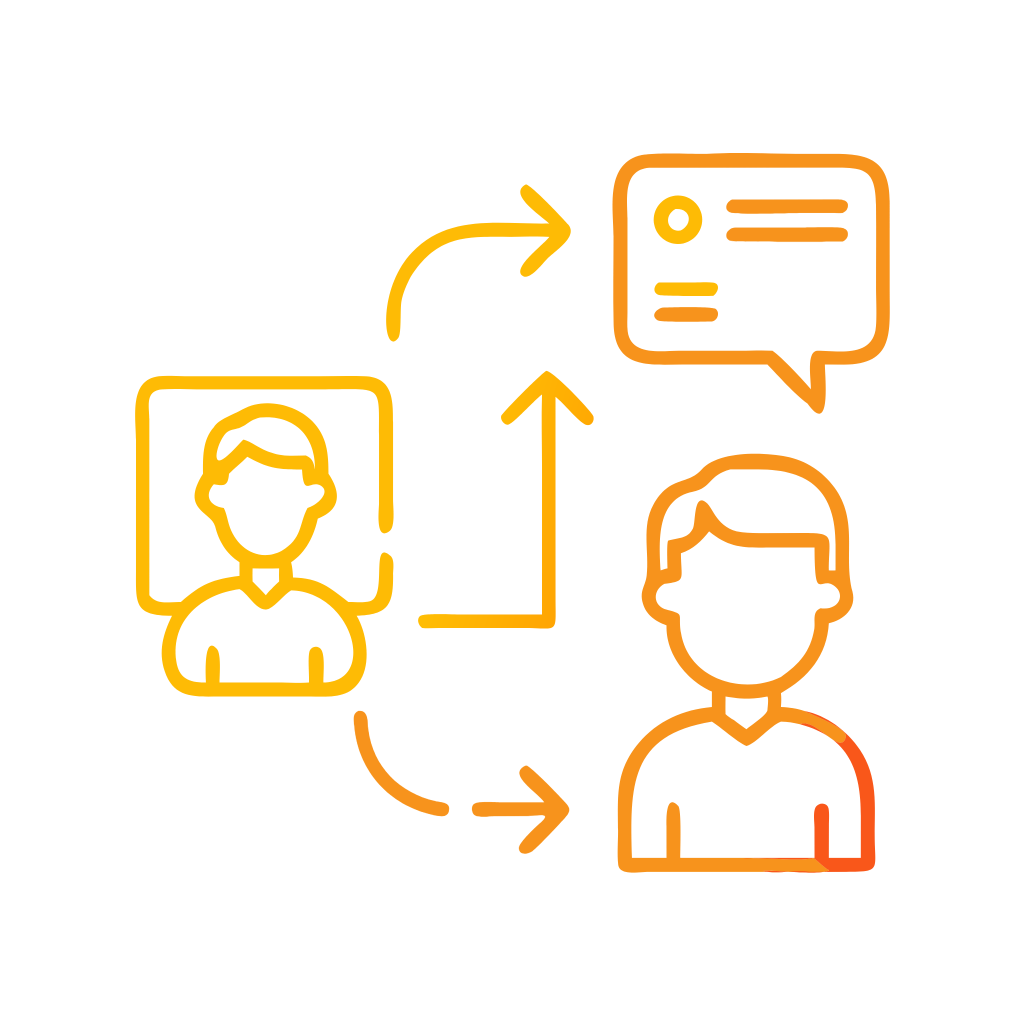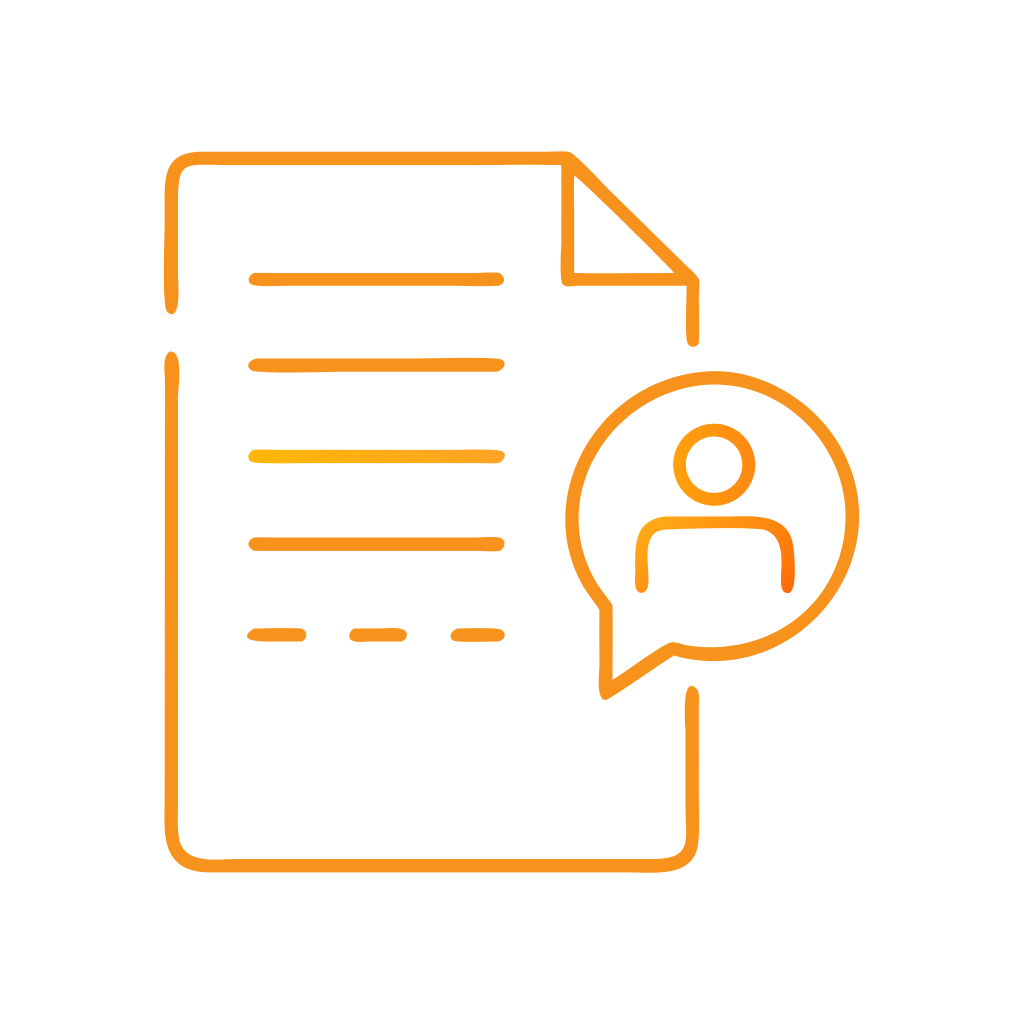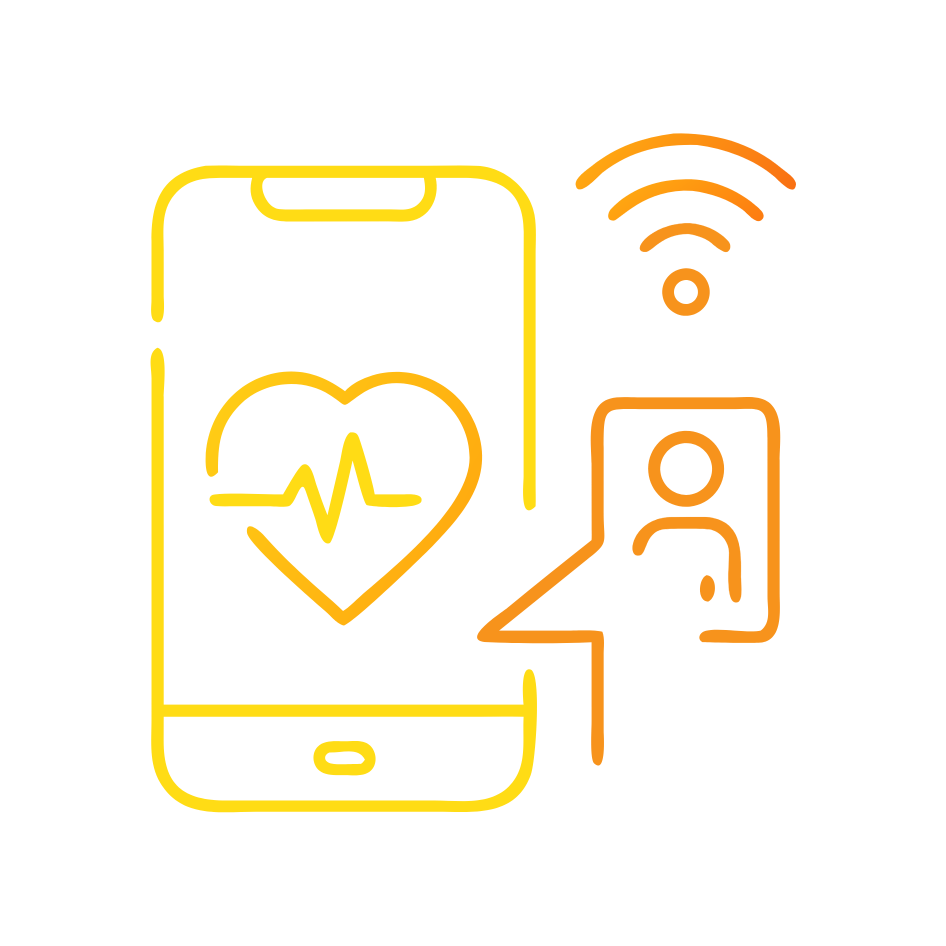Recently McKinsey claimed that 70% of companies expect to accelerate their digital transformation. Certainly, we know some organisations are fortunate enough to be in this situation, but this is not the case for everyone. Many organisations put digital spend on hold in the early days of the pandemic when the situation was a little more uncertain, and now they need to re-prioritise. For example, Qantas is laying off 6,000 staff but has placed ‘digitalisation’ at the centre of its recovery strategy. This is not surprising given the reduction in cost to serve, high return on investment and making the customer experience easier and more accessible. The reality is without digital services, some businesses are losing revenue and customers.
“The reality is, without digital services some businesses are losing revenue and customers.”
Customer Science recently hosted a CX Executive Webinar Series –The Impact of COVID-19 on Digital Transformation. A panel of executives drawn from a crosssection of industries provided their learnings and insights as we move into the new world and several key themes emerged.
1. Expectations will be higher
During the pandemic, digital teams have been able to deliver solutions in rapid timeframes in response to the crisis. A great example is the quickly deployed projects by Service NSW, to connect people impacted by COVID and bushfires with support and grants.
These light applications provide a good enough outcome and meet the immediate user transaction needs. The downside is that this has set a new benchmark in expectations for digital products from stakeholders, and in some cases, depending on the complexity of the transaction and integration points, these new expectations can’t be met.
2. Everything’s about Agile
The success of Agile teams during the pandemic to move quickly and have an impact has now been widely celebrated. This efficiency is also a new expectation of future projects.
The agile approach has been applied where applications are built with the ability to fail to expediate deployment – with the downside that applications do fail and user/consumer/public confidence in these tools can be diminished and as a result adoption is reduced.
3. We can’t leave our people behind
COVID has required digital services to avoid loss of revenue and deliver a technology platform that enables our people to work remotely. While these digital solutions are in place, we can’t forget our people need to adopt and perform. The trick is to stay connected to the team. Remember your introverts are thriving, but your extroverts are suffering. A great example of a simple solution is Tyro where the team set up a permanent Zoom room for team members to log into to work or stay connected.
4. Rapid Automation is the new normal
We see increasing use of rapid deployment service automation software. A great example is Robotic Process Automation. It automates much of the administrative tasks. The software is quick to deploy and with its intuitive drag and drop interphase can rapidly bring together automation out of the box.
5. Small is beautiful
The NSW Minister for Customer Service, the Hon Victor Dominello recently stated that new digital projects are going have to be smaller, with a strong focus on return on investment.
To drive successful digital transformation in FY21, it is more important than ever to find clearly defined use cases where digitisation can have a big impact.
Use of automation tools and an agile approach will enable organisations to recover and grow through a digital strategy, but the challenge will be to continue to connect teams to both eachother and the organisation’s mission.
Small, rapid deployments supported by strong business cases will emerge as the predominant digital strategy in the short term as businesses consolidate and refocus for growth beyond the pandemic.
Talk to us to find out how we can help.



